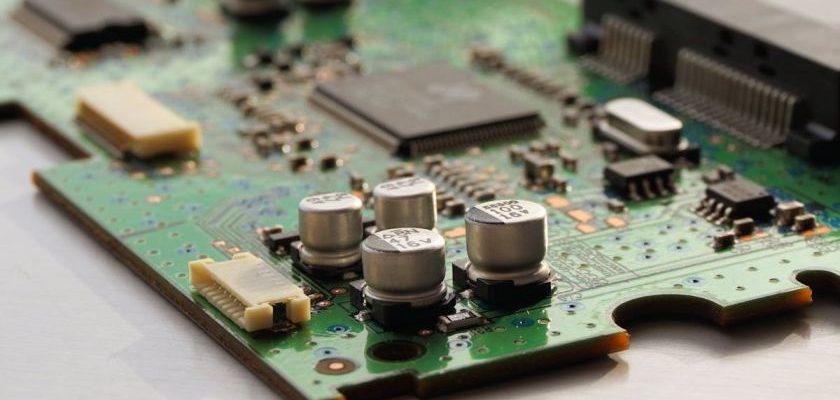Silicon, the Element Driving Electronic Manufacturing
Silicon, a versatile and abundant element found in the Earth’s crust, plays a pivotal role in electronic manufacturing. Its unique properties have made it an indispensable material in the production of various electronic components, from semiconductors to solar cells. Let’s delve into the significance of silicon in electronic manufacturing and understand why it is the cornerstone of modern technology.
The Foundation of Semiconductors
At the heart of electronic devices lies the semiconductor, a material that can conduct electricity under certain conditions. Silicon, with its atomic number 14 and crystalline structure, is the most commonly used semiconductor material in the electronics industry. Through a meticulous process of doping and layering, silicon can be transformed into intricate integrated circuits that form the basis of all electronic devices, from smartphones to computers.
Silicon’s ability to alternate between conducting and insulating properties makes it an ideal candidate for building transistors, the building blocks of modern electronics. Transistors act as switches that control the flow of electric current within a circuit, enabling the precise manipulation of signals and data processing in electronic devices. The scalability and reliability of silicon-based transistors have driven the rapid advancement of technology, leading to smaller, faster, and more energy-efficient devices.
The Power of Silicon in Solar Cells
Beyond its role in semiconductor manufacturing, silicon is also a key component in solar cell technology. Photovoltaic cells, which convert sunlight into electricity, predominantly use silicon wafers due to their high efficiency and durability. Silicon’s ability to absorb photons and release electrons enables the generation of clean and renewable energy, making it a crucial element in the transition towards sustainable power sources.
Silicon’s abundance and cost-effectiveness have made it the preferred choice for solar panel production on a global scale. With ongoing research and development efforts focused on enhancing the efficiency and reducing the manufacturing costs of silicon-based solar cells, the future of renewable energy looks increasingly promising.
Innovations and Future Applications
As the demand for faster, smaller, and more energy-efficient electronic devices continues to rise, the role of silicon in electronic manufacturing remains paramount. Ongoing research in materials science and engineering aims to push the boundaries of silicon technology, paving the way for innovations such as flexible electronics, bioelectronics, and quantum computing.
The versatility and reliability of silicon as a semiconductor have propelled the electronic manufacturing industry to new heights, shaping the way we interact with technology in our daily lives. With constant advancements and breakthroughs on the horizon, silicon’s journey from the Earth’s crust to the heart of our electronic devices is a testament to its enduring importance in the digital age.

